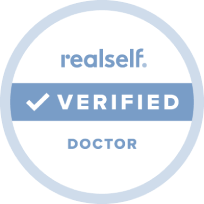The term “nose job” has been around for several decades and is really an oversimplification of a complex set of surgeries that require distinct skill and artistry to perform. There are several types of nose surgeries, some for cosmetic revision and some to correct serious medical issues. There are also different techniques used and the level of invasiveness also varies. Let’s dive a little deeper into the world of nose surgery.
Rhinoplasty
Rhinoplasty is the medical term for nose surgery. Generally speaking, nasal cartilage and bones are altered and tissue can be removed or added. This can be done using either the endonasal or external techniques - commonly referred to as closed or open rhinoplasty. These terms refer to the technique used to perform the procedure, which will depend on factors such as the patient’s bone structure and the visibility of what needs to be completed, as well as the surgeon’s specific experience.
Ethnic Rhinoplasty is a relatively new term in the world of plastic surgery. There used to be a trend toward changing the appearance of someone’s nose to look more “Western,” but what we see today is a desire to preserve the ethnic features of the face. For instance, the Asian facial structure is distinctly recognizable by the very low or absent elevated bridge between the eyes. During rhinoplasty surgery, every attempt is made to maintain the unique ethnic look for the patient.
Sometimes patients who have already undergone nose surgery are not happy with the results and they wish to have revision rhinoplasty. This is a particularly difficult procedure because there is often scar tissue to contend with as well as weakened nasal structure. However, revision rhinoplasty is most often seen in cases of nasal valve repairs where multiple surgeries are required in order to correct airway obstructions.
Nasal Airway Surgery
Often referred to as Nasal Valve Repair, this particular surgery was developed to ease the problem of obstructed nasal breathing. The purpose of nasal airway surgery is to open the nasal passages through various techniques such as a septoplasy, nasal valve repair, turbinate reduction or repair of a nasal fracture A collapsed nasal valve can cause many issues that affect quality of life, including the persistent feeling of a stuffy nose, loud snoring, difficulty sleeping and exercising. A nose surgery can treat this disruptive condition and help patients avoid more serious secondary risks like sleep apnea. To learn more about the nasal valve collapse, read our comprehensive guide to this type of nose surgery.
Septoplasty
The septum is the cartilage in the nose that separates the nostrils and nearly 80% of the American population has a deviated septum that is noticeable to an examiner. For most of these people, the deviation is not prominent enough to cause breathing difficulties. However, there are many people whose deviated septum requires corrective nose surgery to repair. There are signs and symptoms that indicate a deviated septum should be corrected, such as snoring, ongoing congestion, post-nasal drip, headaches and more. Septoplasty is a type of nose surgery designed to straighten the septum and alleviate these symptoms.
Liquid Nose Job
In many cases, the changes desired from nose surgery are small enough to choose a less invasive, non-surgical option. A liquid nose job uses dermal fillers to add volume to make expertly placed corrections to imperfections such as a droopy tip or unbalanced nose. This is a quick procedure that requires virtually no down time, though results are not permanent as they are with a traditional rhinoplasty surgery. Liquid nose jobs typically last for about a year, at which time the procedure will need to be repeated. One reason patients choose this option is to “try on” their new nose. Dermal fillers can be used to shape the nose into what can be done permanently through rhinoplasty. Keep in mind, though, the nature of using fillers means that shape and structure can only be added, not removed. This option is not appropriate for reducing the size of a nose.
Nose Surgery Risks
As with any surgery, there are risks to consider and some patients will be better candidates than others. Rhinoplasty surgery requires the use of anesthesia, meaning you will be unconscious for the duration. There is a considerable recovery period for a rhinoplasty so prepare to be home for two to three weeks. Your health and lifestyle will impact recovery time. If you smoke cigarettes, you will be encouraged to stop doing so for the weeks leading up to and following your surgery. Smoking constricts blood vessels, stunting the healing process. Your surgeon will be able to discuss risks (and benefits!) of nose surgery in more detail, so don’t be shy about asking questions.
The different types of nose surgery make it possible for many issues to be addressed with rhinoplasty. Whether your desire for surgery is cosmetic or medical, there is likely a procedure that will help you achieve your goals. Choosing a surgeon who is skilled, experienced, and who you are comfortable with is the most important part of this process. Learn more about Jeffrey Raval, MD, MBA, FACS and his team, then schedule a consultation!
- Acne
- Botox/Dermal Fillers
- Browlift
- Chemical Peels
- Chin Augmentation
- Consultation
- Denver Facial Plastic Surgeon
- Deviated Septum
- Eyelid Procedures
- Facelifts/Necklifts
- Headaches/Excessive Sweating
- Healthy Living
- Laser Hair Removal
- Laser Treatments
- Latisse
- MedSpa
- Memberships
- Microdermabrasion
- Nasal Valve Collapse
- Non-Surgical Procedures
- Rhinoplasty
- Skin Care
- Thread Lifts
- Wrinkle Treatments



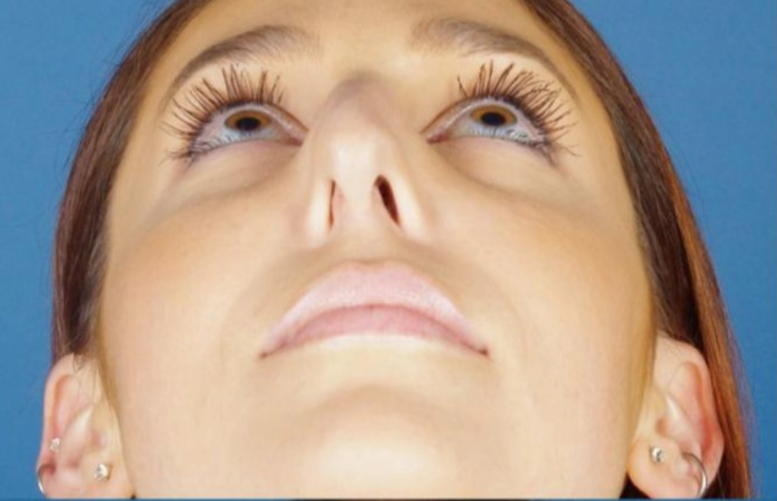
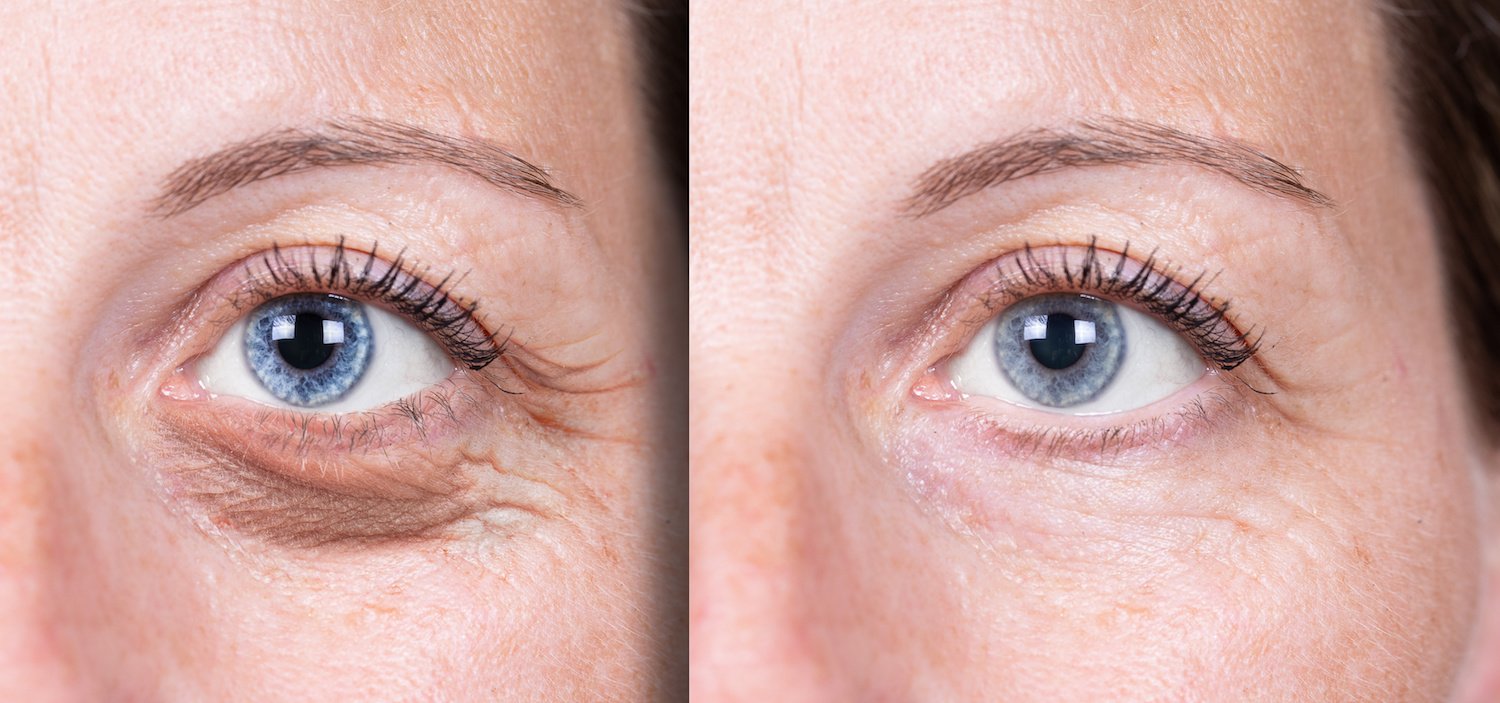
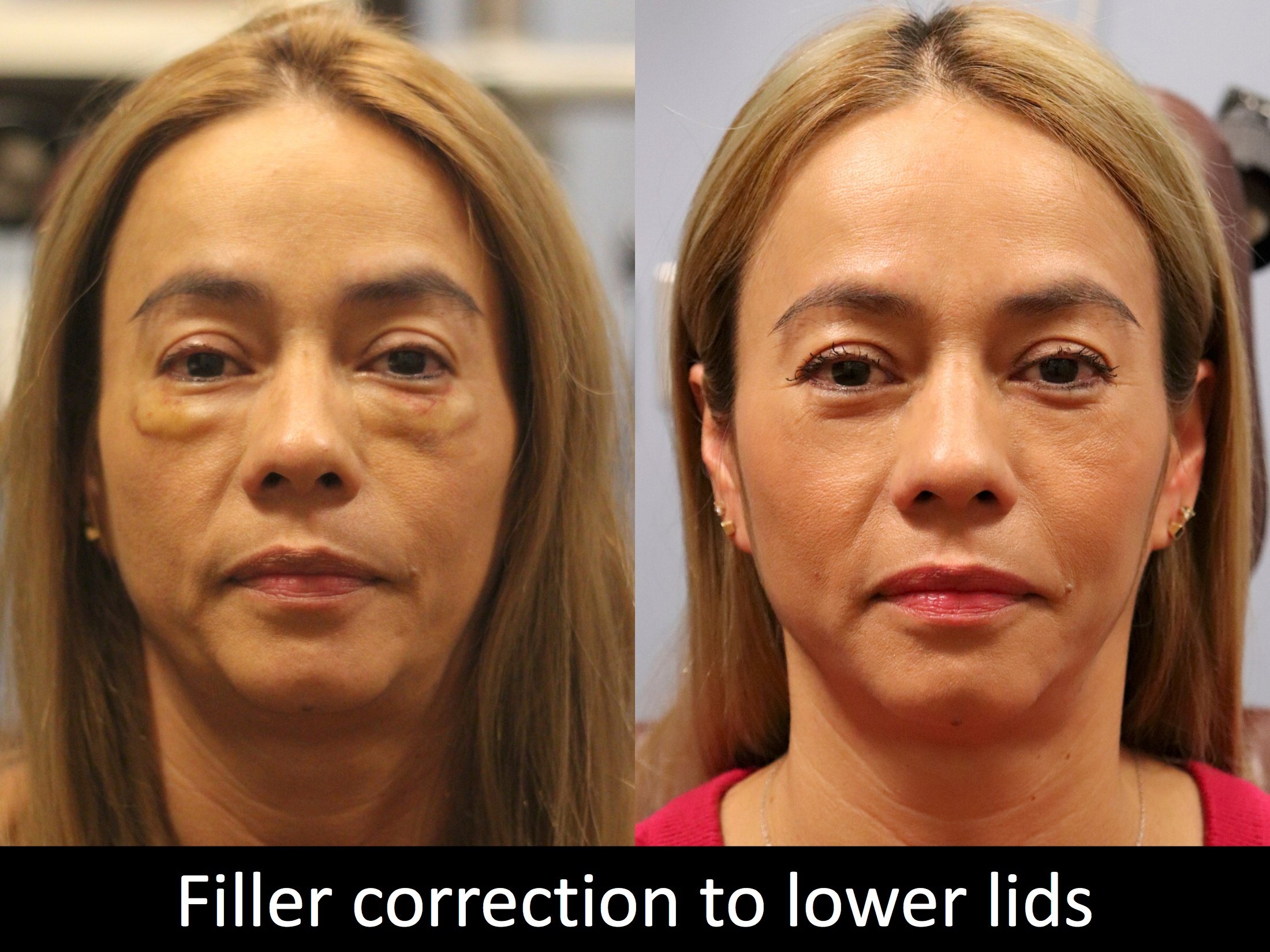
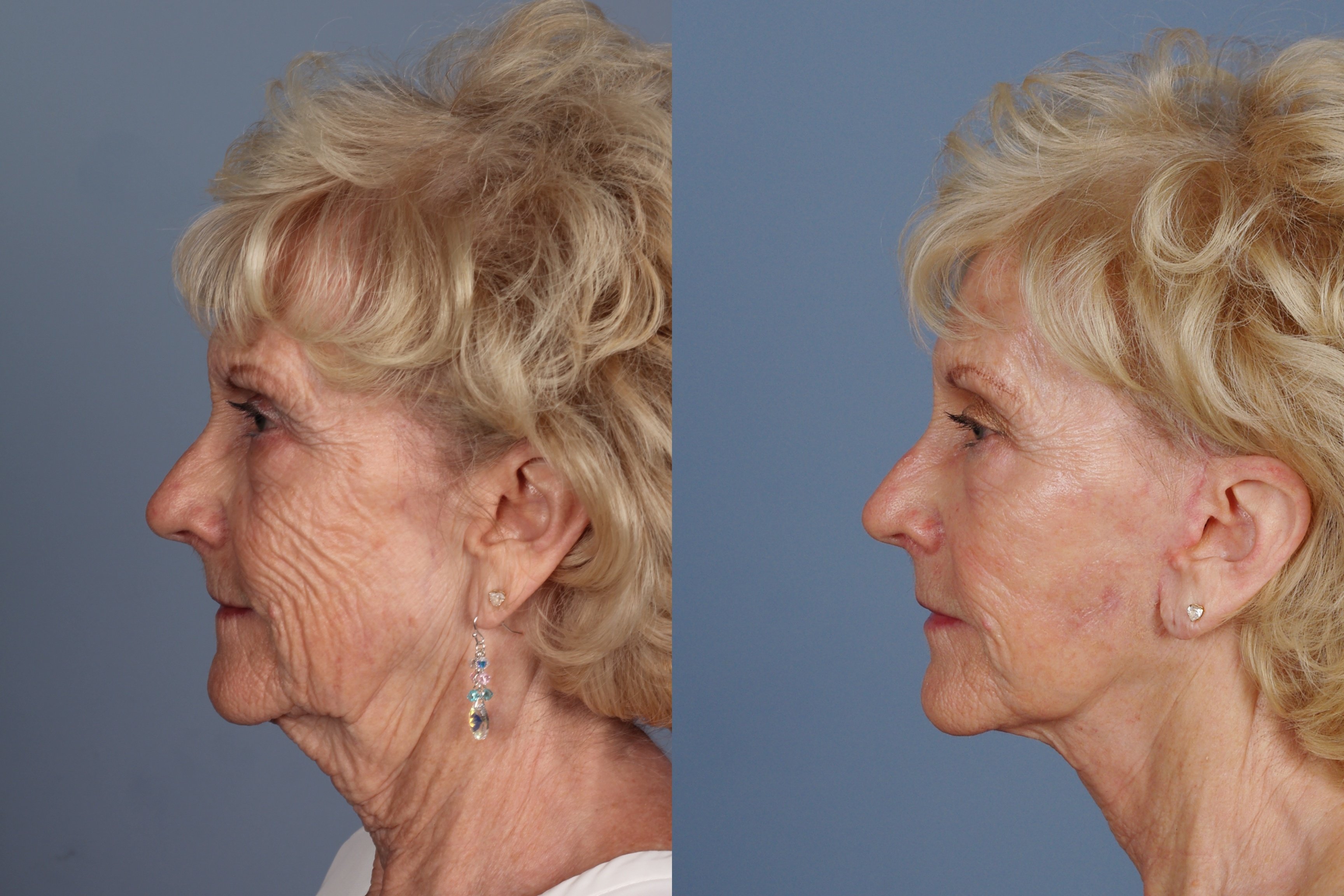
.jpeg)






